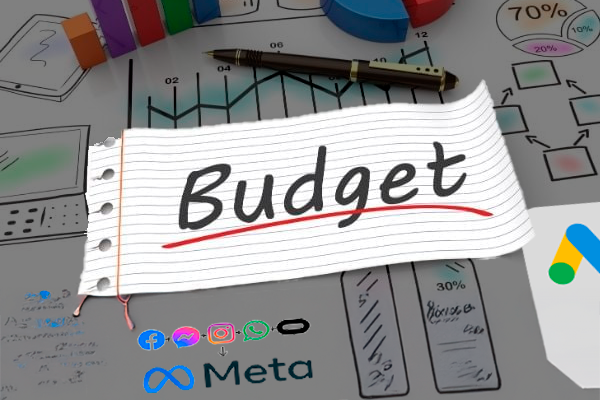One of the first challenges new traffic managers face is deciding how much to charge.
Price too low, and you risk undervaluing your work while struggling to make a profit.
Price too high without proof of results, and potential clients may hesitate to hire you.
Finding the right balance is essential not only for attracting clients but also for building a sustainable career.
Why Pricing Is So Important
Your pricing communicates more than just a number — it reflects the value you believe your work delivers.
A clear, confident pricing structure will:
- Attract the right type of clients
- Help you avoid constant negotiations
- Ensure you can reinvest in your own growth and tools
- Position you as a professional rather than a “cheap option”
Step 1: Understand Your Costs and Time
Before setting any price, you need to know:
- How many hours you’ll spend on a project per week
- The tools and software you’ll need (ads management tools, analytics, design platforms)
- Taxes or payment processing fees
- Any outsourcing costs (e.g., a designer for creatives)
This calculation gives you your minimum acceptable rate — the lowest you can charge without losing money.
Step 2: Choose Your Pricing Model
There are three main ways traffic managers charge for their services:
Flat Monthly Fee
You charge the same amount every month for managing the client’s campaigns.
Example: $300–$1,500/month depending on scope.
Best for: Beginners and clients who want predictable costs.
Percentage of Ad Spend
You charge a percentage of the total amount the client spends on ads.
Example: 10–20% of ad spend. If the client spends $3,000, your fee at 15% is $450.
Best for: Experienced traffic managers with proven ROI results.
Performance-Based
You get paid based on the results you deliver, such as sales or leads generated.
Example: $20 per lead or 5% of total sales.
Best for: High-confidence campaigns and industries with high margins.
Many professionals combine these models, such as a lower monthly retainer plus a percentage of ad spend.
Step 3: Consider Your Experience Level
If you’re just starting:
- Keep your fees competitive but not “too cheap”
- Focus on delivering results to build your portfolio
- Increase your prices after every 2–3 successful projects
If you’re experienced:
- Base your fees on proven ROI from past campaigns
- Offer premium packages with extra services like landing page optimization or creative production
- Consider minimum budget requirements for clients
Step 4: Price Based on Client Value, Not Just Your Time
A common mistake beginners make is charging based only on hours worked.
Instead, think about the value you generate.
Example:
If your ads help a business generate $10,000 in sales, charging $300/month undervalues your impact.
In such cases, a percentage of revenue or higher retainer makes more sense.
Step 5: Offer Clear Packages
Instead of giving clients a vague “I’ll run your ads,” define your packages.
Example:
Basic Plan ($300/month)
- 1 platform (Facebook or Google Ads)
- Up to 2 campaigns
- Monthly report
Growth Plan ($600/month)
- 2 platforms
- Up to 5 campaigns
- Bi-weekly reports
- Creative recommendations
Premium Plan ($1,200/month)
- Multi-platform management
- Unlimited campaigns
- Weekly reports and strategy calls
- Landing page optimization
Clear packages help clients understand what they’re paying for and make it easier for you to scale.
Step 6: Adjust as You Gain More Clients
Your prices aren’t fixed forever.
As your skills improve, demand increases, and results get stronger:
- Increase rates for new clients
- Keep old clients at their current rate or offer gradual increases
- Drop clients who can’t afford your new minimum
Pro Tips for Confident Pricing
- Always discuss ad spend separately from your fee — your price is for management, not the ads themselves
- Never start work without a signed agreement or contract
- Include payment terms (e.g., 50% upfront, 50% at the end of the month)
- Review your pricing every 6–12 months
The Bottom Line
Pricing your traffic management services is part science, part art.
You need to cover your costs, reflect your skill level, and communicate value to clients.
Start with a fair but confident price, focus on delivering measurable results, and adjust your rates as your expertise grows.



